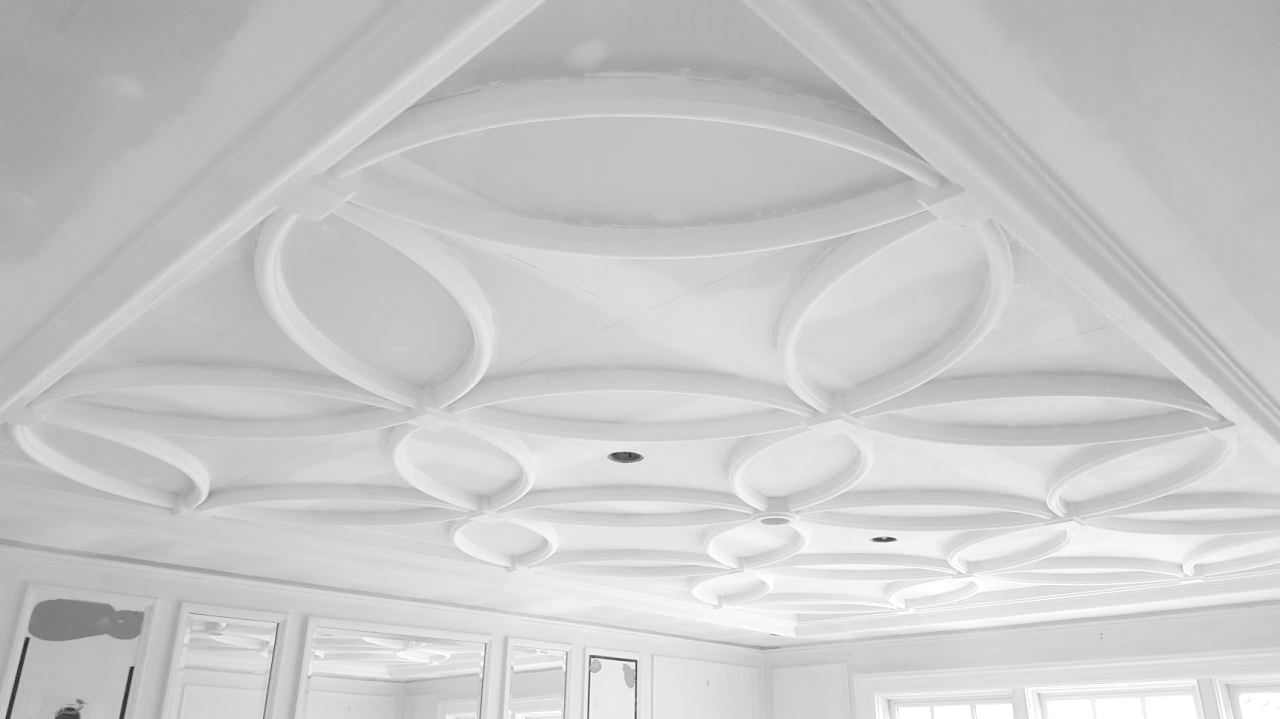MOULDING TYPES
Moulding can completely transform your room from traditional to modern, or contemporary. Give your home harmony and warmth, and a sense of completeness with our outstanding moulding.
Mouldings are used more often where wall meets ceiling. Moulding hide the joinery at the corners and it also provides a artful transition from one surface to another. Moulding may also be used as a decorative treatment on walls. Decorative moulding giving a room a finished appearance.
Types of Moulding
The first step of planning where to place moulding is to decide what moulding will add the most to your walls. Do you want your walls to be ornate or beautifully basic? There are many styles of moulding, and each style has its advantages. One should consider the overall room design before selecting his or her type of moulding.
Cornice moulding is positioned at the top of a room's wall where the ceiling and wall join together. Adding cornice moulding to the top of a wall will, without doubt, add drama to your room. In fact, there are two types of cornice moulding to choose from: crown moulding and cove moulding.
Usually, pieces of crown moulding are mixed and matched with other moulding styles to create extravagant wall decor. A single, intricately detailed moulding on a wall is frequently two simple decorative crown-moulding pieces that have been fashioned together to create one grand look.
Cove molding has concave outline; the sides are curved-in. The molding appears to provide a "cove" shape when applied to a wall's surface. Cove molding is used at the junction of an interior wall and ceiling. It is often used as tool to eliminate the line both the ceiling and the wall make when they join together. Cove molding is versatile, and can be cut and shaped into almost any design.
Another great moulding style that can augment the appearance of your walls is Frieze moulding. Frieze mouldings are wide, horizontal bands that frame doors, windows and the upper part of a wall in a room. It can be almost any design, such as embossed beading, embossed floral, traditional moulding, etc. Frieze moulding can be elaborately detailed or a plain, simple band.
Chair Rail moulding divides the wall horizontally and lines the perimeter of the room. It was once used to protect the wall's surface from chair damage. The tops of chairs caused scuffs, marks, blemishes, and for this reason, most chair rail is traditionally placed on the wall about 32 inches up from the floor. Today, most chair rail is simply used for decoration. Chair rail moulding enhances the room by giving your walls adornment, and provides continuity to a room.
Molding come in a variety styles and shapes. Ornate molding add a feeling of dignity and grandeur. Ornate molding command more attention when incorporated into a design and should suit the overall decor.

